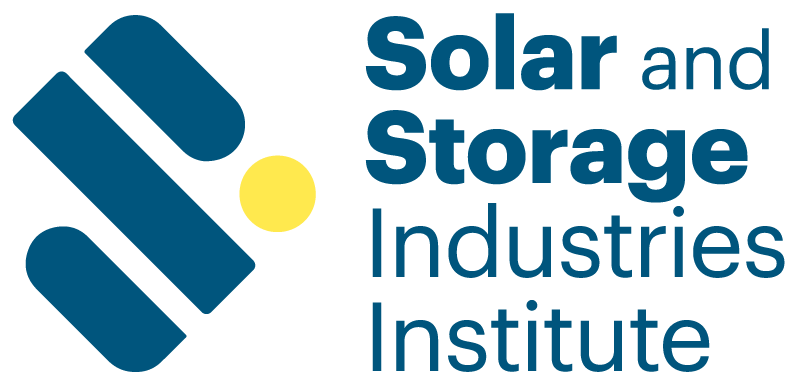WASHINGTON, DC — Today, the Solar and Storage Industries Institute (SI2) released a comprehensive whitepaper on interconnection challenges in the solar and storage industry and proposed new solutions to accelerate the clean energy transition.
The report builds on recent analyses from Lawrence Berkley National Laboratory and the U.S. Department of Energy and recommends that grid operators and regulators create more holistic comprehensive regional transmission planning processes and a new funding paradigm for transmission upgrade costs. These recommendations would more equitably distribute transmission upgrade costs and reduce uncertainty in the interconnection process, resulting in lower interconnection costs, a more robust transmission system, and faster build out of renewable energy.
David Gahl, executive director of SI2, emphasized the need to address the underlying issues that have broken the interconnection process and said, “We can’t keep saddling the interconnection process with all the costs of transmission system upgrades. This process is akin to contracting a paving firm to replace your driveway in upstate New York and getting a bill for the driveway and the cost of building a new exit ramp off I-95 in New Jersey.”
The report argues that new regional transmission planning processes should integrate data from the interconnection queues alongside demand and resource mix forecasts and regional clean energy goals. In doing so, transmission planners would be more responsive to demonstrated transmission needs, ultimately lowering transmission system costs and reducing interconnection backlogs.
In addition, the report states that FERC, Congress and grid operators must reimagine the interconnection funding paradigm to limit grid upgrade costs to measures that safely connect projects to the local transmission network. By creating a more significant queue entry fee that supports comprehensive transmission needs and limiting queue entrant costs to local network upgrades, policy makers would streamline the interconnection process, thereby reducing queues and interconnection costs and allowing for more rapid build out of renewables.
“America’s ability to reach our climate goals starts and ends with how efficiently we can get projects connected to the grid,” said Abigail Ross Hopper, president and CEO of the Solar Energy Industries Association (SEIA). “The interconnection process is a black box with unknown wait times and costs for clean energy developers. We need the solutions detailed in SI2’s report to serve growing demand for electricity with reliable, low-cost solar and storage.”
The Inflation Reduction Act is creating a surge in demand for clean energy, further straining an already burdened interconnection system. According to Lawrence Berkeley National Laboratory, the interconnection queue grew 30% in the last year, to reach a record 2,600 gigawatts. Projects installed in 2023 took 5 years on average to navigate the interconnection process, up from 3 years for projects completed in 2015.
Tom Rutigliano, Senior Advocate at the NRDC said, “This report confirms that to solve the interconnection problem, we need to plan and build a power grid that can support a clean future. Process reforms to relieve clogged interconnection processes are an essential step to accelerate projects already awaiting approval. But to end the multi-year delays and get ahead of the problem, FERC’s forthcoming transmission planning rule must set us on a path to build an expanded grid that can accommodate the massive queue of projects we can continue to expect in the coming years.”
Caitlin Marquis, Managing Director at Advanced Energy United said, “This report makes an important contribution to the growing evidence that our interconnection process is broken: it’s too expensive, too slow, and too unpredictable. It will be a step in the right direction if grid operators make a good faith effort to comply with the recent FERC order, but more reform is needed. The SI2 report offers thoughtful solutions to making lasting reforms, and we look forward to working with industry partners to see them through.”
As the nation embarks on a transformative journey towards a greener, more resilient energy infrastructure, SI2’s analysis serves as a roadmap for policymakers, industry stakeholders, and advocates committed to advancing clean energy solutions.
Read the full report here.
